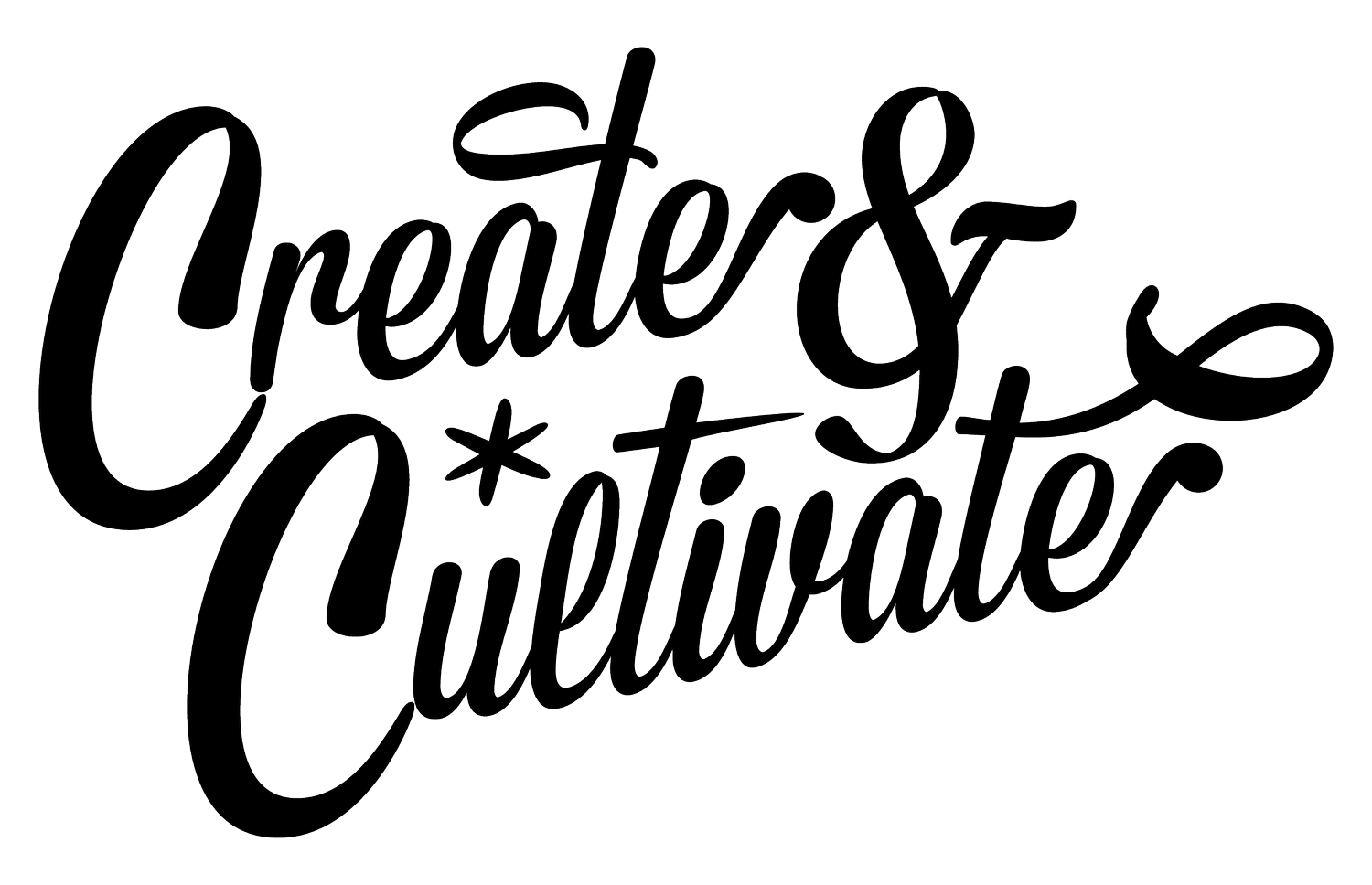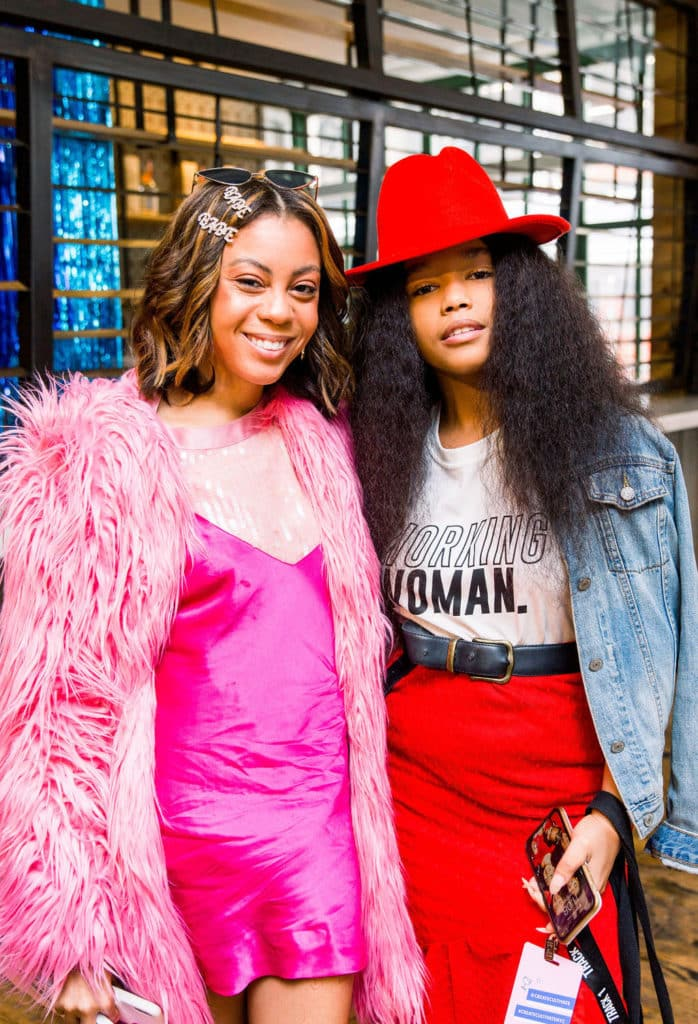Are you one of the 70% of Americans who say they experience work stress, and that work is your number one stressor over family or even financial issues? How to deal with work stress may seem stressful itself. As it is the harmful, physical, and emotional responses that occur when the requirements of your job do not match your capabilities, resources, or needs. In essence, stress sets in when there is a lack of fit between an employee and their work environment.
Work stress eventually results in physical and mental health issues if left unaddressed. In some extreme cases, toxic work stress can ultimately result in traumatic experiences. The most straightforward way to address it is often to find aligned work, but that isn’t always an option for everyone.
If this sounds a bit like what you are currently experiencing, here are four things you can do if you're currently unable (or not ready) to pivot into doing aligned work.
1. Identify your triggers
Start by clarifying what stress feels like for you so that you're able to identify your triggers. How do you know when you’re stressed? What thoughts do you have? What happens in your body?
Pay attention to how you feel at work for a week or two. How do you feel physically in your body, emotionally in your heart and mind, and mentally? Then, record any situations, events, and people that lead to you having a negative physical, mental, or emotional response.
During each entry in your records, answer these questions:
Who was involved in the situation?
What was your reaction?
How did you feel before, during, and after?
After two weeks, evaluate. You might find obvious stressors or patterns, and notice subtle but persistent stress causes such as specific work tasks, interactions with particular people, or an uncomfortable workspace.
2. Set non-negotiable work boundaries
The fact is work never ends. There’s always something to do, and if you’re already experiencing stress at work, it’s important that you become very clear and strict about your boundaries.
I know a lot of times, it can feel uncomfortable to set or establish boundaries. Still, it’s important to remember that you show up better for everybody when you are healthy, whole, and happy. And when you don’t have clear boundaries, you experience more work stress. So you show up as a lesser version of yourself.
It’s also important to remember that it is your responsibility to hold your boundaries and not other people’s. People will always try to push your boundaries; your job is to ensure they are not successful.
Whether it’s boundaries around work hours, communication, the tasks you take on, or whatever that looks like for you, identify where you are experiencing stress at work and set clear boundaries for yourself, and those around you.
3. Adopt strong conflict resolution practices
Another major cause of work stress is the relationships and interactions we have at work, with colleagues and managers. If after identifying your triggers, you notice that your work stress is mostly coming from relationships, then it might be time to evaluate your communication practices.
Do you speak up when you feel like your values have been violated? Do you speak up when your boundaries have been violated? Lastly, do you advocate for yourself? If you’re not doing any of these things, they might lead to conflict and thus causing you to experience work stress. In this case, you’re going to want to develop clear conflict resolution and communication skills that allow you to advocate for yourself.
Here’s a simple process to follow to help you address workplace conflict:
Identify what exactly the conflict is.
Meet with the source of your conflict.
Communicate the situation (and remember, communication involves talking and listening).
Identify a solution.
Enforce the solution. (see no. 2 above)
4. Be proactive with your restoration practices.
When you’ve been in a work situation that has been stressful for an extended period, there’s a high chance that your stress response systems are overwhelmed. And when your stress response systems are overwhelmed, that’s when trauma sets in, along with your ability to cope goes out the window.
If you’ve been experiencing chronic toxic stress that your body hasn’t been able to manage well, your brain changes on a fundamental level. It changes how you interact and see the world, and collapses the time between event and reaction in your life. You might find yourself “overreacting” to certain situations at work, or getting stressed quicker and more intensely than you’d expect.
Mindfulness can help you rewire your responses and interaction with the world. It can help you feel psychologically safe and perceive the world as is, and not through your stress lens. Note that mindfulness is not a treatment for clinical trauma but simply a coping strategy you can use to navigate work stress. If you’ve been experiencing chronic work stress for years, an important component of your healing is going to be therapy.
On a final note, at some point, it’s no longer about stress management, or about coping strategies and preventing stress. If you’re doing unaligned work, you will experience stress and there’s nothing you can do about it. It might be time for you to start making your exit plan and finding something else to do.
If you're looking for a sign, here's four to look out for that say it might be time for you to find a new job.
You dread the work you do.
Your energy is drained.
Your physical and mental health is being impacted.
You’re not growing professionally.
You make “enough” money and are still unhappy at work.













